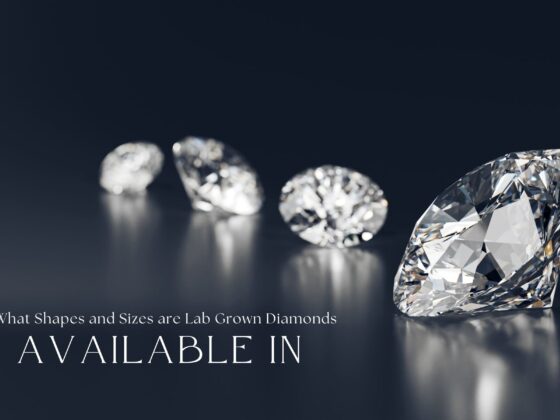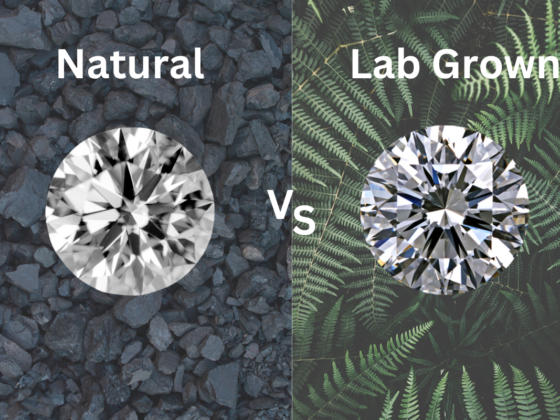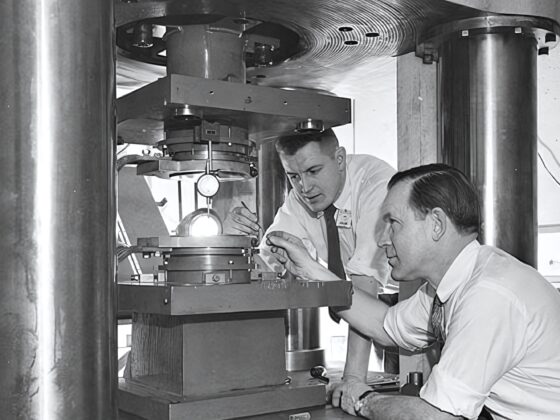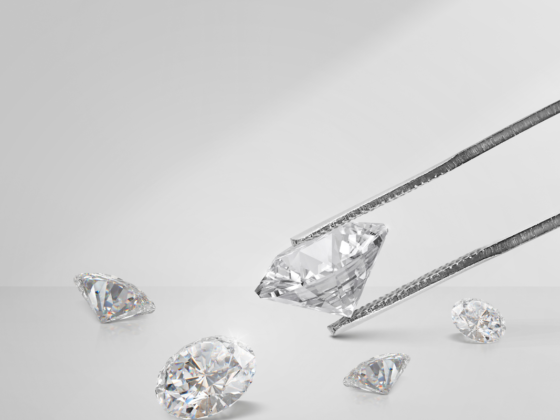The choice between lab created diamonds and moissanite presents a compelling dilemma for consumers navigating the world of fine jewelry. Each option carries distinct characteristics, from chemical composition to aesthetic appeal, and appeals to different values in terms of ethics and financial considerations.
While lab grown diamonds offer a semblance of luxury akin to natural diamonds, moissanite captivates with its remarkable brilliance and more affordable option. Understanding the nuances of each alternative is essential, as the implications of your decision extend far beyond mere appearance. What factors will ultimately guide your choice?
What are Lab Created Diamonds?
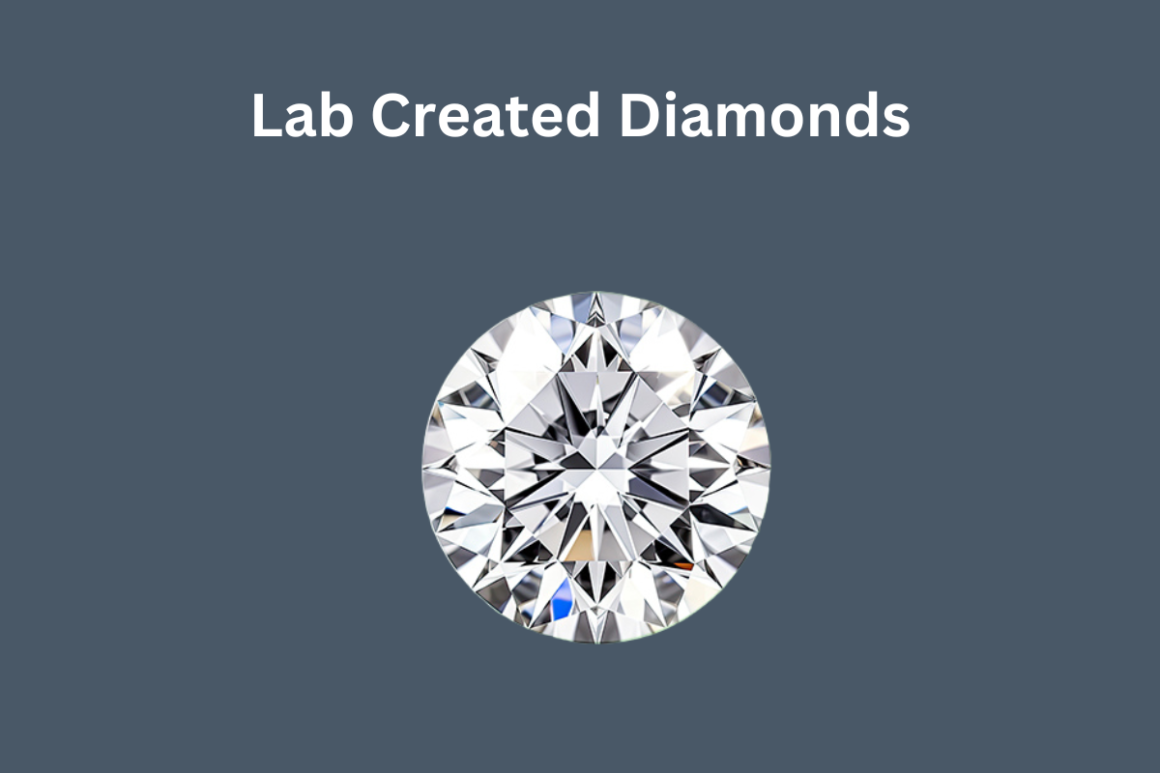
Lab created diamonds, also known as synthetic or cultured diamonds, are gemstones that possess the same physical properties, chemical properties, and optical properties as natural diamonds. These diamonds are formed using advanced technological processes, primarily High Pressure High Temperature (HPHT) and Chemical Vapor Deposition (CVD).
The production of lab created diamonds began in the mid-20th century, marking a significant milestone in the history of gemology. Their historical significance lies in the ability to create diamonds without the ethical and environmental concerns associated with traditional mining practices.
In recent years, market trends have shown a marked increase in consumer acceptance and demand for lab grown diamonds. Factors such as affordability and the growing awareness of sustainable practices have contributed to their popularity. Unlike natural diamonds, lab-created options often cost 20-40% less, making them accessible to a broader audience.
Additionally, the transparency regarding their origin appeals to environmentally conscious consumers. As market dynamics continue to evolve, lab grown diamonds are expected to occupy a more prominent position within the jewelry sector, challenging traditional perceptions and paving the way for a more sustainable future in diamond consumption.
What is Moissanite?

Moissanite, originally discovered in a meteorite by French chemist Henri Moissan in 1893, is a naturally occurring mineral composed of silicon carbide. Its unique moissanite origins set it apart from other gemstones, as it was first identified in a celestial fragment rather than in the Earth’s crust. This fascinating background contributes to its allure in the jewelry market, where it is often celebrated for its brilliance and fire, rivaling that of diamonds.
While naturally occurring moissanite is rare, the majority of moissanite available today is lab-created, ensuring consistent quality and ethical sourcing. The manufacturing process allows for the production of gemstones that are virtually indistinguishable from their natural counterparts.
Moissanite uses extend beyond jewelry; its exceptional hardness and thermal conductivity make it suitable for industrial applications, including cutting tools and abrasives. In the realm of fine jewelry, moissanite is increasingly favored for engagement rings and other decorative pieces, thanks to its affordability and stunning visual properties. Thus, moissanite stands as a compelling alternative to traditional gemstones, combining its intriguing origins with a diverse range of applications.
Chemical Composition Comparison of Lab created diamond vs moissanite
The chemical composition of moissanite and lab-created diamonds highlights significant differences that contribute to their distinct properties. Lab-grown diamonds are composed of carbon atoms arranged in a cubic crystal structure, mirroring the real diamonds found on the Earth. This uniform arrangement of carbon results in exceptional chemical properties, including remarkable hardness and thermal conductivity, similar to their natural counterparts.
In contrast, moissanite is primarily made of silicon carbide (SiC), which presents a different crystal structure characterized by hexagonal lattice formation. This variation in chemical composition leads to differences in physical properties; for instance, moissanite is less hard than lab diamonds but still ranks high on the Mohs scale of mineral hardness.
Furthermore, the distinct chemical properties of moissanite, including its higher refractive index, contribute to its unique brilliance and fire, setting it apart from lab-created diamonds. While both materials are durable and suitable for various applications, their differing chemical compositions and crystal structures ultimately influence their performance in jewelry and other uses.
Appearance and Brilliance
While both lab-created diamonds and moissanite are celebrated for their stunning visual appeal, their appearance and brilliance differ significantly due to their distinct properties. Lab diamonds, composed of carbon atoms arranged in a crystal lattice, exhibit exceptional clarity and brilliance. They are often graded on a scale that considers factors such as cut, color, and clarity, leading to minimal color variations that enhance their overall luminosity.
In contrast, moissanite, made from silicon carbide, features a higher refractive index, resulting in more fire and brilliance than diamonds. This increased light performance can create a unique sparkle that some may find more captivating. However, moissanite can exhibit a broader range of color variations, which may appear as a slight tint, especially in larger stones.
Ultimately, the choice between lab-grown diamonds and moissanite hinges on personal preference regarding appearance. While diamonds are prized for their classic elegance and minimal color variations, moissanite offers a more vibrant sparkle and distinct visual characteristics, appealing to those seeking something different in their gemstone selection.
Cost Considerations
When evaluating options in the gemstone market, cost considerations play a crucial role in the decision-making process. Man made diamonds and moissanite exhibit notable price differences, influencing consumer choices based on budget and preferences. Generally, lab created diamonds tend to have higher price points compared to moissanite, which is often perceived as a more affordable alternative.
The price differences between these two stones can be significant, with lab created diamonds averaging around 20-30% less than their natural counterparts, while moissanite can be even more cost-effective, often priced at approximately 10-15% of the cost of a lab created diamond of similar size and quality.
However, when considering long term value, the investment in a lab created diamond could provide a more substantial return should one choose to resell it in the future. In contrast, moissanite, while economical, typically does not retain its value in the same way. Ultimately, consumers must weigh initial costs against potential future value, ensuring that their choice aligns with both their financial situation and personal preferences in the gemstone market.
Durability and Hardness
In the realm of gemstones, durability, and hardness are critical factors that influence not only the aesthetic appeal but also the practicality of wearing a piece of jewelry. When considering lab grown diamonds and moissanite, both exhibit exceptional hardness, but their scratch resistance varies slightly.
Lab created diamonds, with a hardness rating of 10 on the Mohs scale, are renowned for their unparalleled resistance to scratching. This makes them an ideal choice for everyday wear, as they can withstand the rigors of daily activities without showing signs of wear. On the other hand, moissanite, rated at 9.25, also offers impressive durability, although it is slightly less resistant to scratches compared to diamonds.
For individuals seeking a gemstone for daily use, both options provide significant durability. However, those who prioritize longevity and scratch resistance may lean towards lab created diamonds. Ultimately, the choice between the two should be informed by individual preferences and lifestyle considerations, ensuring that the selected gemstone meets the demands of everyday wear while maintaining its brilliance over time.
Ethical and Environmental Impact
The ethical and environmental impact of gemstones has become a significant consideration for consumers in recent years, particularly with the rise of lab created diamonds and moissanite as alternatives to traditional mined stones. Mined diamonds often raise concerns regarding sourcing practices, as they can be linked to human rights abuses, environmental degradation, and unsustainable labor conditions. In contrast, lab created diamonds and moissanite are cultivated in controlled environments, allowing for greater transparency in their production and significantly reducing the potential for unethical sourcing.
From an environmental standpoint, the mining of traditional diamonds is resource-intensive, leading to habitat destruction and increased carbon footprints. Conversely, both lab created diamonds and moissanite typically involve lower energy consumption and reduced land disruption. However, it is essential to note that the energy used in the production of lab created gemstones can vary depending on the technology employed.
Ultimately, both lab created diamonds and moissanite present more ethical and environmentally friendly choices compared to their mined counterparts, appealing to consumers who prioritize responsible purchasing decisions. By opting for these alternatives, individuals can enjoy beautiful gemstones while supporting sustainable practices.
Choosing the Right Option
With an increasing awareness of ethical and environmental concerns surrounding gemstone sourcing, consumers face the important decision of selecting the right option between lab created diamonds and moissanite. Both alternatives present compelling benefits, yet the choice often comes down to personal preferences and lifestyle factors.
Lab created diamonds offer an identical chemical structure and appearance to earth mined diamonds, appealing to those who prioritize authenticity and traditional symbolism in their jewelry. For individuals seeking a classic yet ethically sourced option, lab diamonds may resonate more strongly with their values.
On the other hand, moissanite, while distinct in its optical properties, is renowned for its brilliance and affordability. It is an excellent choice for consumers who desire a dazzling appearance without the hefty price tag associated with lab created diamonds. Additionally, the durability of moissanite makes it suitable for active lifestyles.
Ultimately, the decision hinges on individual priorities—whether one values the luxury of lab created diamonds or the affordability and unique charm of moissanite. By carefully considering these personal preferences and lifestyle factors, consumers can make an informed choice that aligns with their values and aesthetic desires.
FAQs
Can Lab Created Diamonds Be Passed Down as Family Heirlooms?
Lab-created diamonds can indeed be passed down as family heirlooms, carrying significant sentimental value. Their heirloom significance lies in their beauty and the memories they represent, making them cherished pieces for future generations.
How Do Lab Created Diamonds Affect Resale Value?
Lab created diamonds generally have lower resale values compared to natural diamonds, primarily due to the resale market’s perception. While they do not appreciate natural diamonds, their unique characteristics may still hold personal value.
Are There Different Grades for Moissanite Stones?
Yes, moissanite stones are graded based on quality, primarily focusing on moissanite clarity and moissanite color. Higher clarity and superior color grades significantly enhance the overall appearance and value of the moissanite gem.
Can You Tell the Difference Between Natural and Lab Created Diamonds?
Distinguishing between natural diamonds and lab-created alternatives involves analyzing natural diamond characteristics such as inclusions and color. Conversely, lab-created diamonds offer benefits like ethical sourcing and affordability, appealing to environmentally conscious consumers seeking high-quality options.
What Are Common Settings for Lab Created Diamonds and Moissanite?
Common settings for gemstones include popular choices such as solitaire, halo, and three-stone designs. Each offers unique design options that enhance the stone’s brilliance, allowing for personal expression while maintaining elegance and sophistication.
Conclusion
In summary, the choice between lab created diamonds and moissanite ultimately depends on individual preferences regarding aesthetics, budget, and ethical considerations. Lab created diamonds provide a closer resemblance to traditional diamonds with potential resale value, while moissanite offers exceptional brilliance at a more affordable price. Both options present unique advantages, making it essential for consumers to evaluate their priorities and values when deciding which gemstone best aligns with their needs and lifestyle.



